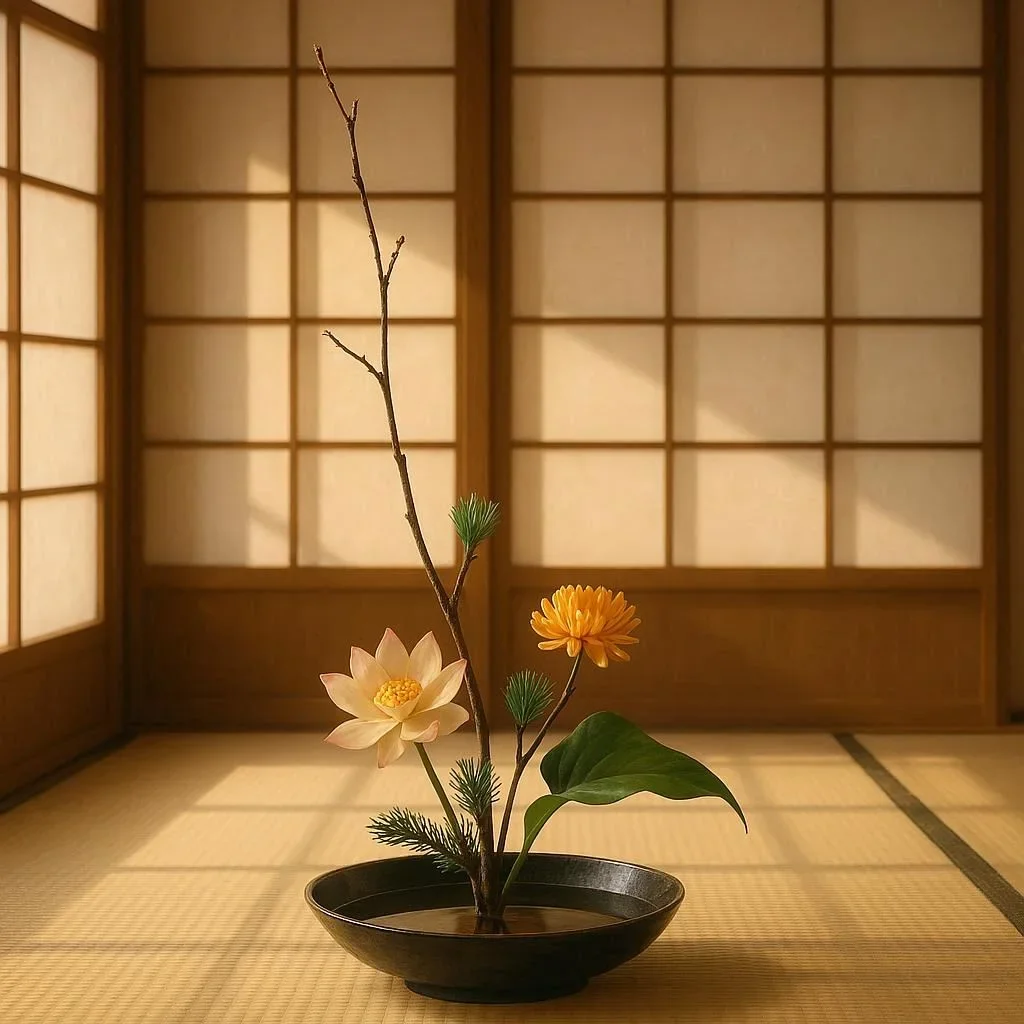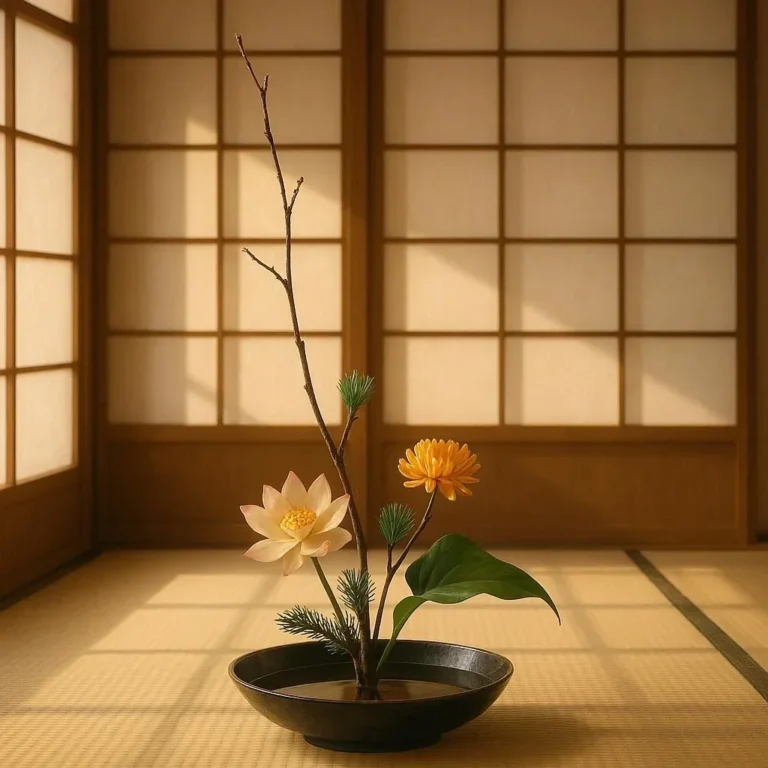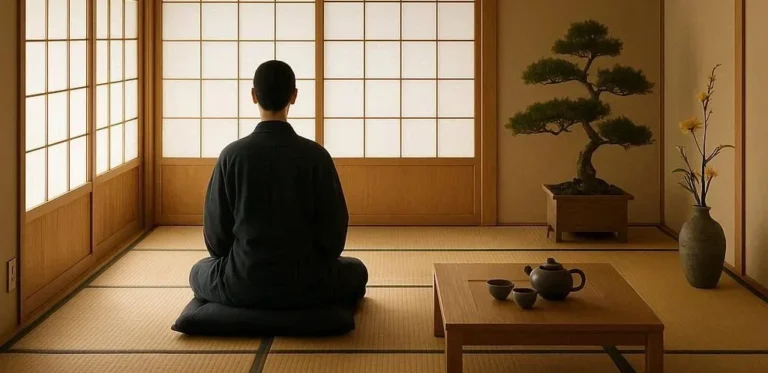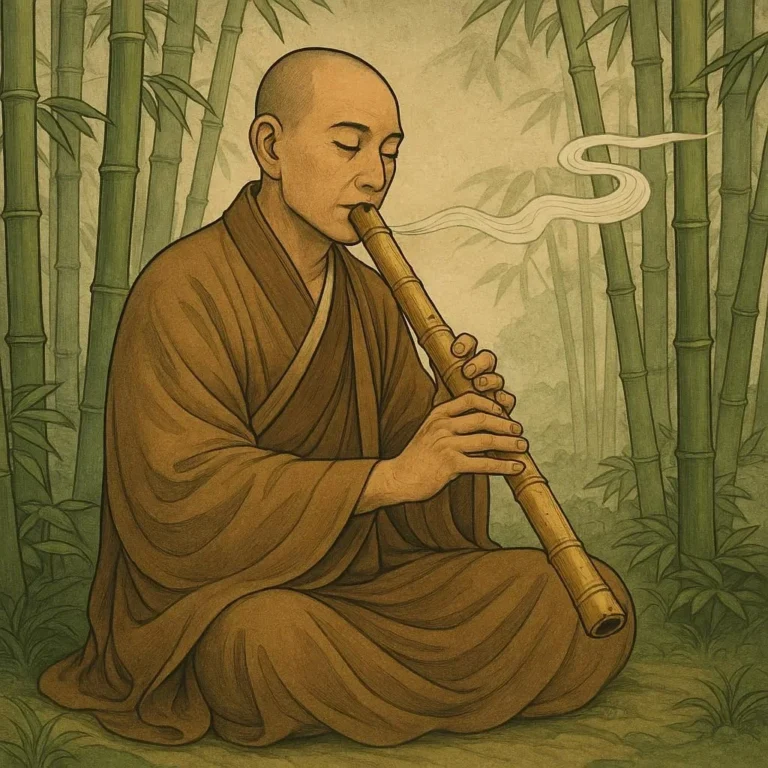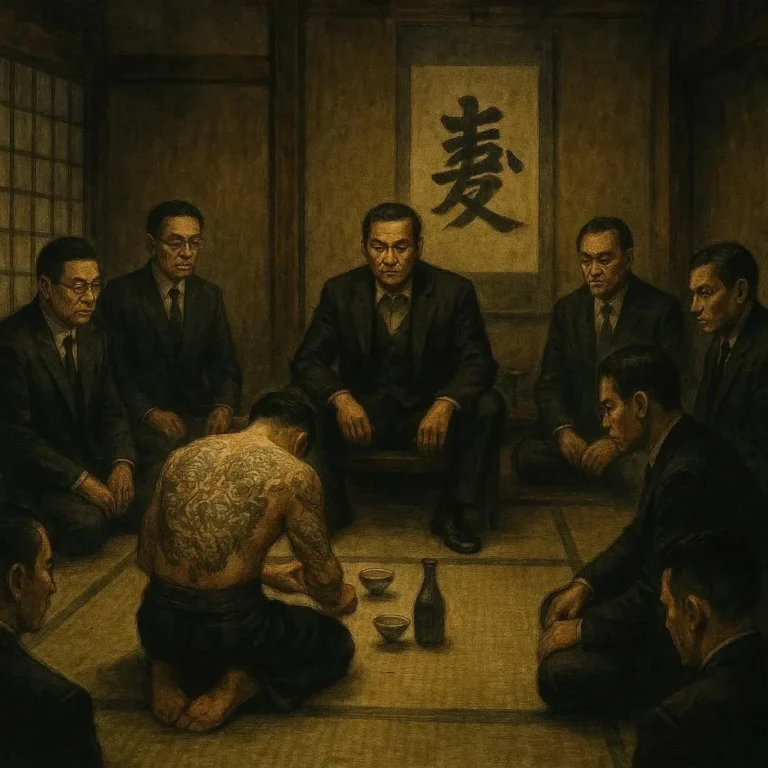505 views The Influence of Samurai on Japanese Art and Literature
The samurai, members of the warrior class in Japan from the 12th to the 19th centuries, have left an indelible mark on Japanese culture. Their influence extends far beyond the battlefield, deeply shaping the nation’s art, literature, and even modern-day cinema. The samurai’s code of honor, known as bushido, emphasized courage, loyalty, and discipline, which became central themes in Japanese artistic and literary works. This blog post delves into the profound impact of samurai on Japanese art and literature, exploring how their legacy continues to inspire creators to this day.
The Historical Context of Samurai
To understand the influence of samurai on art and literature, it’s essential to first grasp their historical significance. Samurai emerged during the Heian period (794-1185 CE) as warrior-scholars who served the imperial court and noble families. Over time, their role evolved, and by the Edo period (1603-1868), they became the dominant class in Japanese society, adhering to the bushido code.
The samurai’s dual identity as warriors and intellectuals made them unique. They were not only skilled in martial arts but also in literature, poetry, and philosophy. This blend of military prowess and cultural refinement created a rich tapestry of themes that artists and writers could draw upon.
Samurai in Japanese Art
Samurai have been a central subject in various forms of Japanese art, including painting, sculpture, and printmaking. Their depiction in art often reflects their heroic deeds, moral virtues, and sometimes their tragic fate. Here are some key ways in which samurai influenced Japanese art:
Ukiyo-e Prints
Ukiyo-e, a genre of Japanese woodblock printing that flourished during the Edo and Meiji periods, frequently featured samurai as subjects. These prints often depicted samurai in battle scenes or moments of quiet reflection, showcasing their strength and stoicism. Artists like Utagawa Kuniyoshi and Tsukioka Yoshitoshi created iconic works that immortalized the samurai’s image in the collective consciousness of the Japanese people.
Samurai Portraits
Portraits of samurai were also common in Japanese art. These portraits often captured the individual’s dignity and gravitas, emphasizing their status as both warriors and gentlemen. Samurai were typically depicted wearing their armor or formal attire, holding swords or fans, symbols of their rank and honor.
The Concept of ‘Yūgen’
The aesthetic concept of yūgen (profound and mysterious sense of the beauty of the world) is often associated with samurai art. This concept, which emphasizes the depth and complexity of human experience, is reflected in the nuanced portrayal of samurai in art. Their stories, often marked by both triumph and tragedy, resonate with the yūgen ideal.
Samurai in Japanese Literature
Japanese literature is replete with stories of samurai, their exploits, and their struggles. From classical literature to modern novels, the samurai has been a fascinating subject for writers. Their stories have been passed down through generations, shaping the moral and cultural fabric of Japan.
The Tale of the Heike
One of the most famous works of Japanese literature, The Tale of the Heike, chronicles the rise and fall of the Taira clan and the Gempei War. The epic tale is filled with stories of samurai heroism, loyalty, and tragedy. The characters in the story embody the ideals of bushido, making it a seminal work in understanding the samurai ethos.
The Life of Miyamoto Musashi
Miyamoto Musashi, one of the most famous samurai in Japanese history, wrote The Book of Five Rings, a treatise on strategy, tactics, and philosophy. This work is not only a guide for warriors but also a reflection of Musashi’s deep understanding of human nature and the universe. His writings have influenced not only martial arts but also business strategy and personal development.
Modern Literature
In modern Japanese literature, the samurai continues to be a source of inspiration. Authors like Mishima Yukio have explored the themes of bushido and the decline of the samurai class in their works. Mishima’s The Samurai Ethos is a contemporary reflection on the relevance of samurai values in modern society.
The Legacy of Samurai in Modern Times
The influence of samurai extends beyond traditional art and literature. Their legacy can be seen in modern media, from films and anime to video games and manga. The samurai’s code of honor and their stoic demeanor continue to captivate audiences worldwide.
Samurai in Cinema
Japanese cinema has played a significant role in popularizing the samurai image. Directors like Akira Kurosawa have created iconic films that showcase the complexity and depth of samurai characters. Films like Seven Samurai and Yojimbo are not only masterpieces of cinema but also profound explorations of the human condition.
Samurai in Anime and Manga
In modern Japanese animation and comics, the samurai continues to be a popular character archetype. Series like Samurai Champloo and Rurouni Kenshin blend historical drama with fantasy elements, reimagining the samurai in new and innovative ways. These works not only entertain but also introduce the samurai ethos to a younger generation.
Conclusion
The samurai’s influence on Japanese art and literature is a testament to their enduring legacy. From the heroic tales of The Tale of the Heike to the philosophical musings of Miyamoto Musashi, the samurai’s impact on Japanese culture is profound and far-reaching. Their stories continue to inspire artists, writers, and filmmakers, ensuring that the samurai’s spirit lives on in the modern world.
As we reflect on the samurai’s role in shaping Japanese art and literature, we are reminded of the power of culture to transcend time and borders. The samurai’s ideals of honor, loyalty, and discipline remain relevant today, offering guidance and inspiration to people around the globe. In the words of Miyamoto Musashi, ‘Do nothing that is of no use.’ The samurai’s legacy is a reminder of the importance of living a purposeful and meaningful life.

